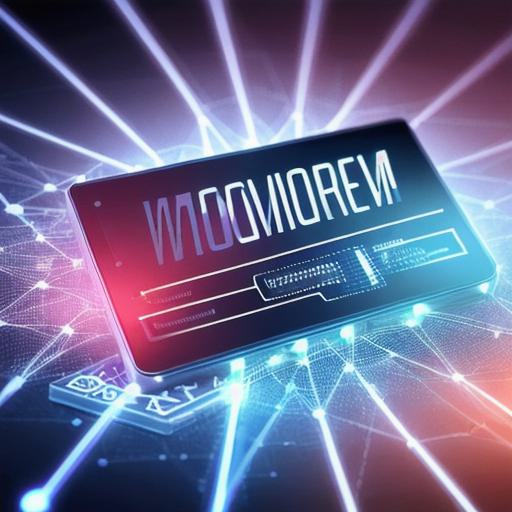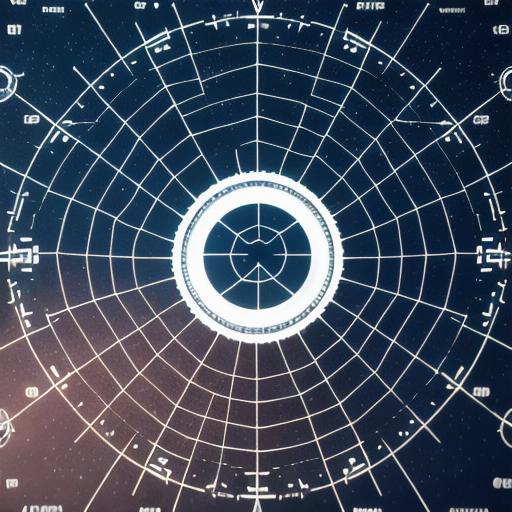Web3 technology is rapidly gaining popularity as a decentralized alternative to traditional centralized systems. With its focus on transparency, security, and ownership, web3 technology is poised to revolutionize industries across the board. In this article, we will explore some of the latest web3 trends and what you need to know about them.
What is Web3 Technology?


Web3 technology refers to a decentralized network that uses blockchain technology to enable secure and transparent transactions without the need for intermediaries. It includes a variety of technologies, such as smart contracts, decentralized applications (dApps), and decentralized storage.
The Decentralized Web: A Better Alternative?
One of the biggest trends in web3 technology is the move towards a decentralized web. This means that data and services are no longer controlled by central authorities, but rather by individuals and communities. The decentralized web offers several advantages over the traditional centralized web, including greater security, privacy, and control.
Case Study: Filecoin
Filecoin is a decentralized storage network that enables users to store and retrieve data on a distributed network of computers. By eliminating the need for a central server, Filecoin offers several advantages over traditional centralized storage solutions. For example, it is more resistant to censorship and is less vulnerable to attacks.
Smart Contracts: The Future of Business
Smart contracts are self-executing contracts with the terms of the agreement between buyer and seller being directly written into lines of code. They enable secure, transparent, and automated transactions without the need for intermediaries. Smart contracts are gaining popularity in a variety of industries, including finance, supply chain management, and real estate.
Case Study: Ethereum
Ethereum is the most popular platform for smart contracts. It allows developers to build decentralized applications on top of its blockchain network. Ethereum has been used in a variety of applications, including decentralized finance (DeFi), supply chain management, and gaming.
Decentralized Applications: The Future of Apps
Decentralized applications (dApps) are apps that run on a blockchain network rather than a central server. They offer several advantages over traditional centralized apps, including greater security, privacy, and control. dApps are gaining popularity in a variety of industries, including finance, gaming, and social media.
Case Study: CryptoKitties
CryptoKitties is a decentralized game that enables users to breed and collect unique digital cats on a blockchain network. It was one of the first dApps and has since become one of the most popular dApps in the world. CryptoKitties has been used as an example of how dApps can be used to create new business models and disrupt traditional industries.
The Future of Web3 Technology
Web3 technology is still in its early stages, but it is already having a significant impact on industries across the board. As more people become aware of the benefits of decentralized systems, we can expect web3 technology to continue to grow and evolve. However, there are also challenges associated with web3 technology, such as scalability issues and regulatory uncertainty.
FAQs
What is web3 technology?
Web3 technology refers to a decentralized network that uses blockchain technology to enable secure and transparent transactions without the need for intermediaries.
What are some of the latest trends in web3 technology?
The move towards a decentralized web, smart contracts, decentralized applications (dApps), and the future of business.
